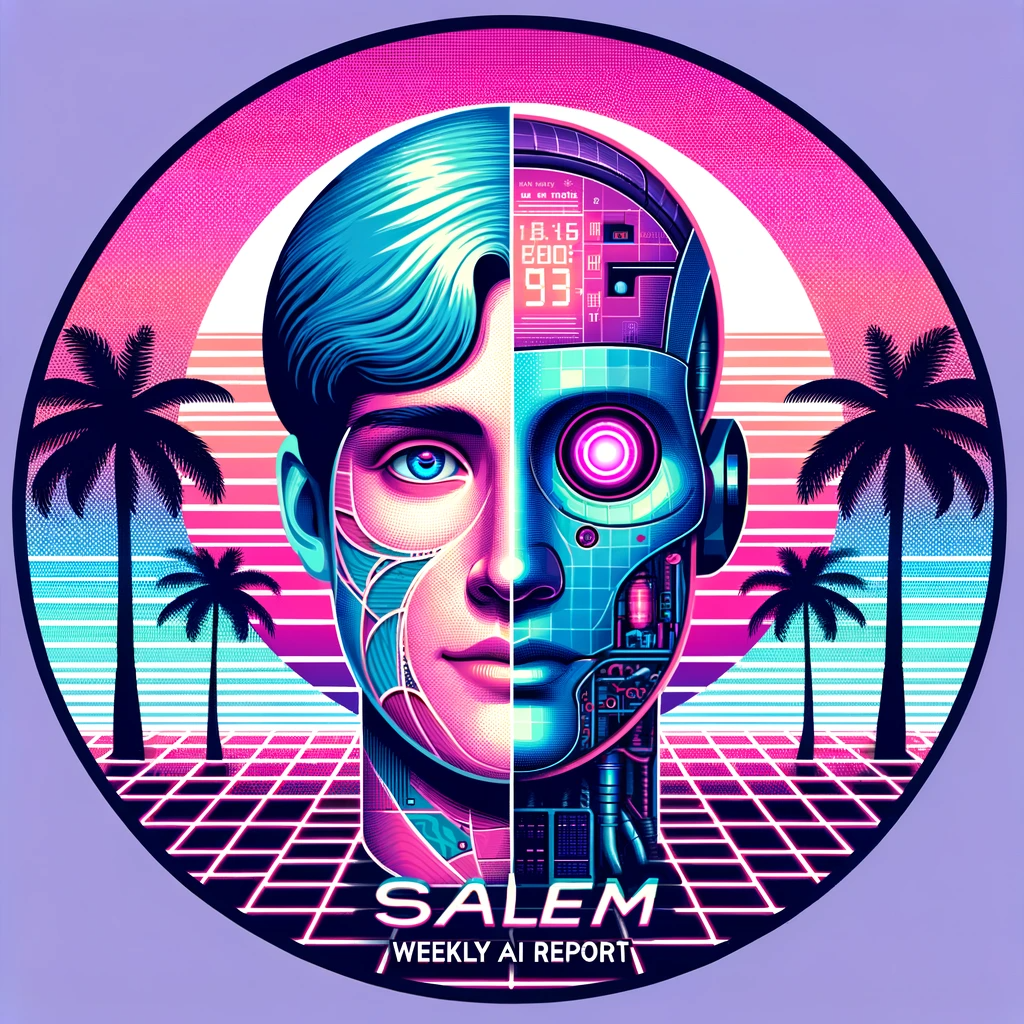
Building the Next Generation of AI: GPT-5 and Superintelligence
As the race towards artificial general intelligence (AGI) intensifies, OpenAI, the leading AI research organization, has announced the commencement of building its next-generation AI model, GPT-5. In a recent interview with the Financial Times, CEO Sam Altman revealed that the company is already working on GPT-5, which could potentially possess superintelligence, but only with further investment from its long-time partner, Microsoft.
GPT-4 vs. GPT-5
GPT-4, the current iteration of OpenAI’s Generative Pretrained Transformer (GPT) model, has already demonstrated impressive capabilities, coming close to or mirroring human knowledge and understanding. However, the next generation of AI models is expected to surpass humans not only in terms of knowledge but also in terms of reasoning and processing complex ideas, a feat known as artificial general intelligence (AGI).
Debates about AGI
The development of AGI has sparked debates among governments, regulators, and even big tech companies about how to ensure that these models do not go rogue and destroy humanity. The potential risks and benefits of AGI are still being explored, and it is unclear what capabilities GPT-5 might possess.
Investment and Collaboration
Building a major AI model like GPT-5 requires billions of dollars, vast amounts of computer resources, extensive fine-tuning, and safety testing. Microsoft has already invested over $10 billion into OpenAI as part of a multi-year agreement, and Altman hopes that more will follow as “there is a long way to go and a lot of compute to build out between here and AGI.”
The Role of Microsoft
Microsoft’s investment in OpenAI is not surprising, as the company has shifted its entire business model around the use of AI, embedding its Copilot system, built on top of GPT-4, into Windows, Microsoft 365, and other products. As AI becomes increasingly integrated into our daily lives, it is clear that companies like Microsoft will play a significant role in shaping the future of this technology.
Training GPT-5
GPT-5 will require more processing power and more data than ever before, which Altman says will come from a combination of publicly available data found online, as well as data that OpenAI buys from companies. The company has called out for datasets not widely available, including written conversations and long-form writing.
Timeline and Availability
Training GPT-5 is expected to take months, if not years, with availability to the public unlikely for some time after it is finished training. As Altman notes, “There is a long way to go and a lot of compute to build out between here and AGI.”
Risks and Benefits of AGI
The development of AGI raises important questions about the potential risks and benefits of this technology. While AGI has the potential to revolutionize various industries, including healthcare, finance, and education, it also poses significant risks, including job displacement, privacy concerns, and the potential for malicious use.
Responsible Development of AGI
As the development of AGI continues, it is clear that governments, regulators, and companies will need to work together to ensure that these models are developed in a responsible and ethical manner. This will require a multidisciplinary approach, involving experts in AI, law, philosophy, and other fields, to ensure that the benefits of AGI are maximized while minimizing the risks.
Conclusion
In conclusion, the development of GPT-5 represents a significant milestone in the field of AI, as it brings us one step closer to the realization of AGI. While the capabilities of GPT-5 are still unknown, it is clear that the development of AGI will have far-reaching implications for various industries and society as a whole. As Altman notes, “The true product is intelligence.” It is up to us to ensure that this intelligence is developed in a responsible and ethical manner, for the benefit of all.

